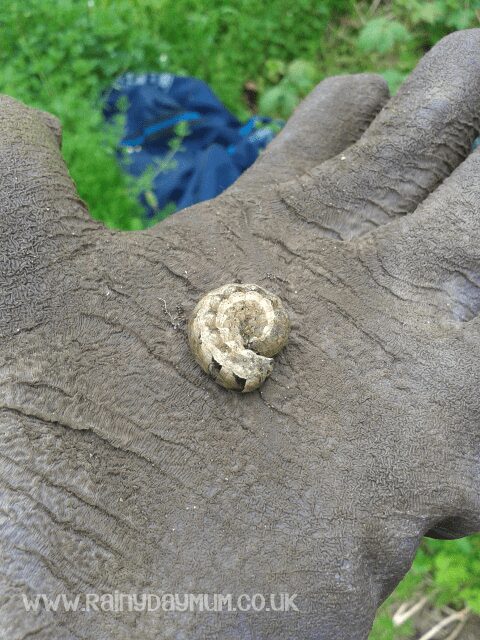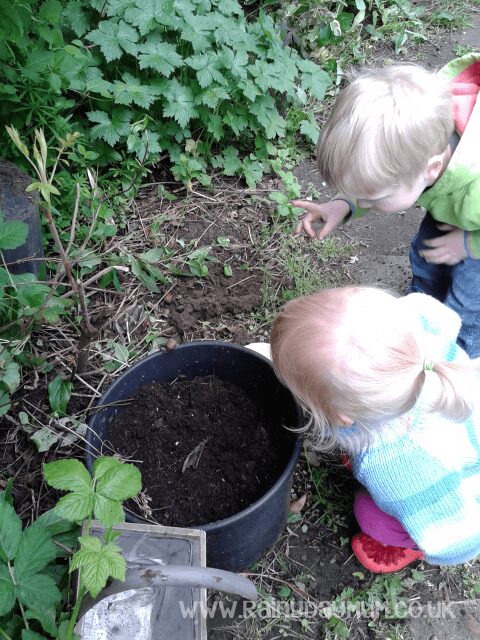Learning about The Butterfly Life Cycle, Raising Caterpillars, Activities, Resources and Crafts for Kids
One of my kids’ favourite summer nature study activities is to raise their butterflies whilst they study the life cycle and learn about the different stages. It’s so easy to do and we’ve put together this quick guide for you on how to go about it. There are resources you can use, activities to do alongside, and more just carry on reading about How to Raise Butterflies with your kids.
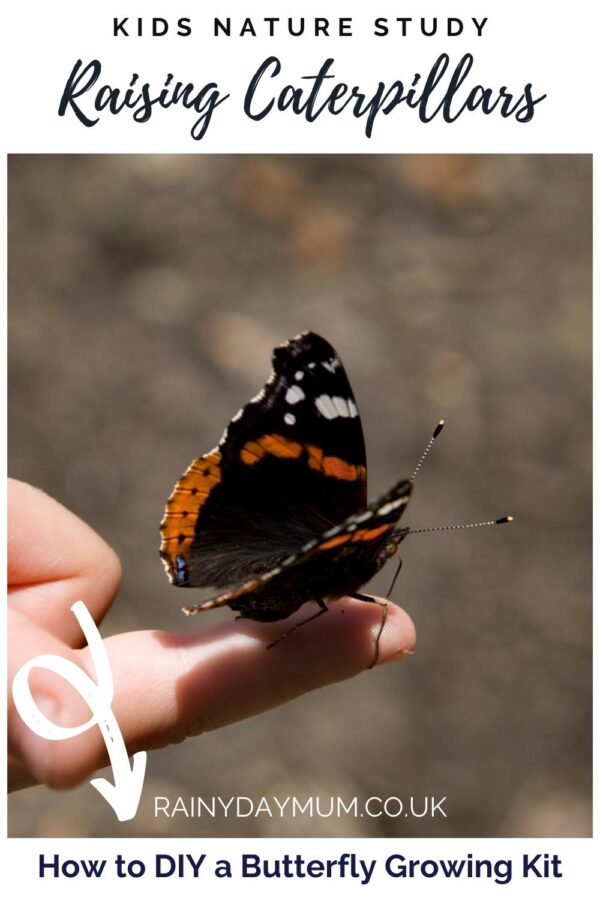
Learning about the Butterfly Life Cycle
One of the best ways to learn about the butterfly life cycle is to raise your own. There are kits you can purchase or you can collect your own if you are lucky to have some near by. With them growing and changing on your sideboard it’s the perfect time to study the amazing metamorphosis.
Butterfly Kits
We have included affiliate links to some of the products and resources as an associate we may earn from qualifying purchases.
Butterfly kits are a great way to start of your nature study into the life cycle of the butterfly they are fairly inexpensive and provide you with everything that you need to grow, nurture and then release the butterflies into the wild.
Probably the most well-known company for providing live caterpillars and kits is Insect Lore. Once you have the kit for the first time, you are then able to buy caterpillars to raise in subsequent years.
You can purchase from Amazon (links below on the images and list) or you can go direct to Insect Lore UK or Insect Lore US and purchase from them.
- Insect Lore Kit with Butterfly Journal
- Caterpillars for restocking your kit
- Butterfly Garden Growing Kit from Insect Lore
There are other companies that now provide the kits including some more local to you so it is worth searching.
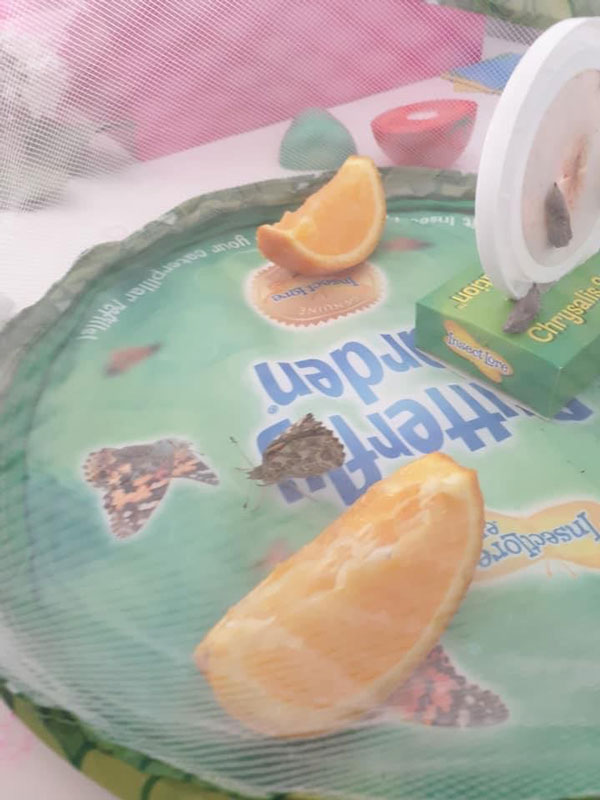
Once you have the kit you follow the instruction booklets and you can then easily observe the caterpillars grow, pupate and then emerge as beautiful butterflies.
Raising Butterflies without a Kit
Whether you have bought a kit in the past or you are eager to grow your own butterflies from caterpillars without a kit it’s really easy as well. Growing up it was something that my parents did with us as a child as at the time there weren’t kits available instead we “created our own” and set up the observation net on our nature table.
Equipment Needed to Raise your Own Butterflies
- A net cage – this is the one that we have. The clear front makes it really easy to view the development and the easy access for replacing plants with the zip.
- Jar
- Water
- Plants that your found caterpilllars consume
- Sticks and twigs
- Paper Towel
- Spray water bottle
Collecting Caterpillars from the Wild
Different species of moths and caterpillars can be found on different plants but common plants that you will find caterpillars on are listed below so start your caterpillar hunt there.
When collecting caterpillars you need to be aware that many species have spines and hairs that are irritating to the skin and some release chemicals so wear gloves when touching to avoid skin problems.
Carefully collect a few and then clip some plants that you found them on and take away.
UK
| Host Plant | Butterfly or Moth |
| Cabbages and other Brassicas Ragwort Stinging Nettles Bramble, Hawthorn & Black Thorn | Cabbage White Butterfly Cinnabar Moth Peacock Butterfly, Small Tortoise Shell Hawk Moth |
USA
| Host Plant | Butterfly Species |
| Milkweed Spicebush Paw-Paw Parsley, Dill, Fennel Walnut and Sweet Gum Cherry | Monarch Butterfly Spicebush Swallowtail Zebra Swallowtail Black Swallowtail Luna Moth Cecropia Moth, Viceroy, Red-Spotted Purple |
Setting up your Butterfly Life Cycle Observation Net
Once you have your caterpillar (or caterpillars if possible it’s a more likely to have success that way) it’s time to set up your observation net.
1. Start with some paper towel on the bottom of your net, the caterpillars will poo a lot so using paper towel makes it easy to remove.
Did you know? Caterpillar Poo is called FRASS!
2. Fill a jam jar with water and add in your plants.
3. Position in the centre of your net and then arrange some sticks so that they touch the plants as well as the base of the net.
4. Mist the enclosure and release your caterpillars.
Caring for your Caterpillars in Kits and your DIY Observation Net
To feed your caterpillars keep an eye on the food within the enclosure, remove and replace as necessary.

Caterpillars don’t need to be given water, they get the water from their leaves. However, they do like a slightly humid atmosphere so it’s a really good idea to mist the net once a day to keep the humidity levels up especially if you have air con or heating on.
As they grow and get older they will start to slow down, this is a good indication that they are starting pupate. It is essential at this time there is the correct conditions for them to do this on.
Most species will form a pupae hanging, however there are some moth species that you may have collected that could pupate under ground so it’s important to check the species and identify them that way.
Make sure that there are a few sticks reaching to the top and that they aren’t to numerous to take up all of the space.
Caring for the Chrysalis
Chrysalis, cocoon and pupae are all used for the same thing. The stage of the life cycle where the butterfly or moth is enclosed and metamorphising from a caterpillar to a butterfly.
This will be a hard cocoon and doesn’t need to be fed at all.

However, like the caterpillars it does need to have some humidity so continue with the misting.
As it develops you may notice changes – it may darken or lighten to suggest that the butterfly or moth is going to emerge.
Butterflies and Moth Care
Although it is possible to look after your butterfly or moth for a while as a family we think the best thing is releasing them back to the wild so make a joyful occasion of releasing them out.

Butterflies want to fly and a small enclosure like you have housed and growing the caterpillars in will not provide the space for them to fly. This also helps to continue the population in your area as well many of the butterfly and moth species are important pollinators.
Resources for Learning About Butterflies
Along with raising your butterflies why not check out some of these resources we recommend below.
Are you raising your butterflies with your toddler or preschooler then our Butterfly Activity Pack is ideal with a maze, game and cut and stick activity you and your preschooler can have fun whilst you watch the butterflies.
With slightly older children those that are learning to write, count and learn more then our Butterfly Activity Printable Pack is ideal. We have this aimed at Reception/Year 1 or Kinder/1st Grade in the USA. But could be used with support for older preschoolers.
Toddler and Preschool Butterfly Books
Although you will find many suggestion for butterfly books for toddlers and preschoolers in our list (click the link), we have hand picked 3 that we love the best. These we add to our nature table beside the butterfly garden kit and can be picked up and read whenever our children feel like it.
- The Very Hungry Caterpillar by Eric Carle
- How Does a Butterfly Grow by DK
- A Butterfly is Patient by Dianna Aston
Butterfly Books for School Kids
These books are aimed at older kids there is a mix and although your 8 or 9 year old may look down on the simple life cycle book it documents the life cycle perfectly for them. The other 2 books are interesting for their conservation and natural history perspectives.
- Butterflies for Kids: A Junior Scientist’s Guide to the Butterfly Life Cycle and Beautiful Species to Discover by Lauren Davidson
- Butterfly for a King: Saving Hawaiis Kamehameha Butterflies by Cindy Trumbore
- The Girl Who Drew Butterflies: How Maria Merian’s Art Changed Science by Joyce Sidman
Games and Hands-on Learning
- Butterfly life cycle figures
- Butterfly life cycle write and wipe pieces
- Wooden life cycle of the butterfly puzzle
Butterfly and Caterpillar Activities
Why not spend some time doing these fun activities, arts and crafts as well.


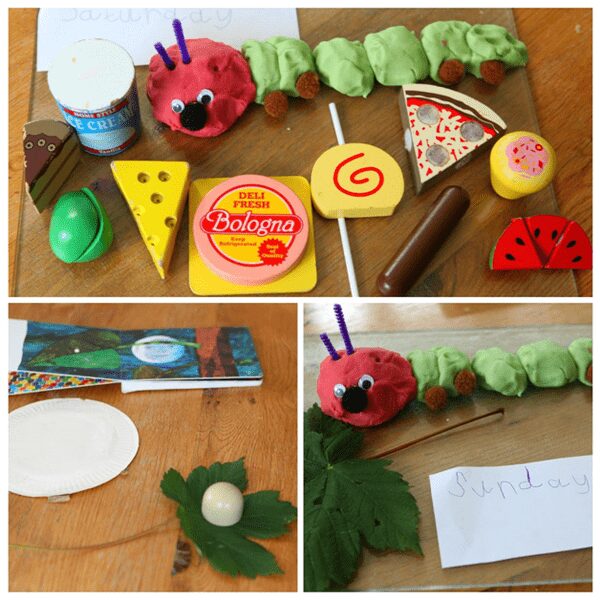
Why not create a transforming butterfly craft – this cardboard tube craft starts as a caterpillar and unfurls to create a butterfly.
Make a beautiful butterfly picture using a “stained glass” effect it’s ideal to hang near to your butterfly garden.
If you have a fan of The Very Hungry Caterpillar then why not get imaginative with playdough with our Very Hungry Caterpillar Invitation to Play.

Cerys Parker
Cerys is a marine biologist, environmental educator, teacher, mum, and home educator from the UK. She loves getting creative, whether it is with simple and easy crafts and ideas, activities to make learning fun, or delicious recipes that you and your kids can cook together you'll find them all shared here on Rainy Day Mum.


